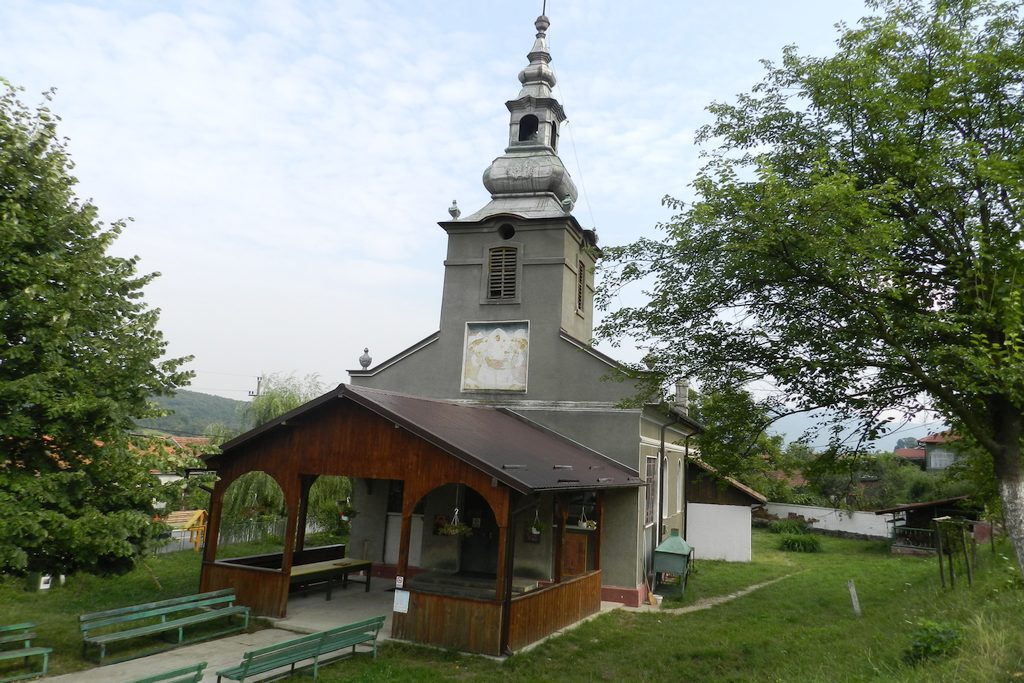

The Congregation Museum Eșelnița was constituted in the period 1990 – 1996, because of the congregation priest Sever Negrescu and of the donors.
It comprises patrimony goods of exceptional value, coming from the fireplaces of the former villages and churches situated throughout the Defile of the Danube: Tisovița, Plavisevița and Ogradena swallowed by the waters, as well as the ones moved Dubova and Eșelnița, together with the construction of the Hydro-energetic System of Navigation Porțile de Fier 1.
From the collection of icons two are distinguished by the appearance of the Danube in the frame. Unique and with a powerful symbolist is the icon of Mother of God with baby Jesus, attired with Romanian Ie and wearing in the right hand a lily flower. The icon comes from the church from Ogradena and it is dated in the first hald of the XVIIIth century. The second one is worked in golden strands on tapestry and represents the Savior Christ, at whose feet there can be seen the river Danube and a boat of fishermen.
From the old Monastery Mraconia there are kept the emperor doors and a candel.
Filigreed books, miniature books, silver chalices, inscriptions, a Dacian rush light and other objects full of antiquity and of the spirit of the water, inspired the museographer priest to gather them and to re-sit them under the name of the “Water museum”.
The Congregation Museum, keeps important testimonies about the life of the hierarch Iosif Traian Bădescu, Bishop of Caransebeș, the first bishop from Banat, whose activity remained in the conscience of all as being procreative and durable from the spiritual, as well as from the administrative point of view. The bishop left through his testament to be buried in which he lived, Eșelnița and where his father pastorate as priest throughout 50 years.
The first documentary certification of the locality Eșelnița is dated on the 25th of February 1484 in a document through which Matei Corvin donates to Iacob Gârlișteanu a series of properties, among which the one from Eșelnița. The locality Eșelnița, relatively new as establishment following the displacement from the years 1976 – 1982. In its new composition it regrouped totally the population of the locality Ogradena and partially the population displaced from other localities.
The commune Eșelnița from the present, because of the displacement of the inhabitants from the old Eșelnița and Ogradea following building the barrier Porțile de Fier I, is situated in the depression formed from the valley of the river Eșelnița, bordered with hills, continuing from south until the gulf formed from the confluence of the river Eșelnița with the river Danube and reaching to west until the Cazanele Mici – the area Mraconia.
